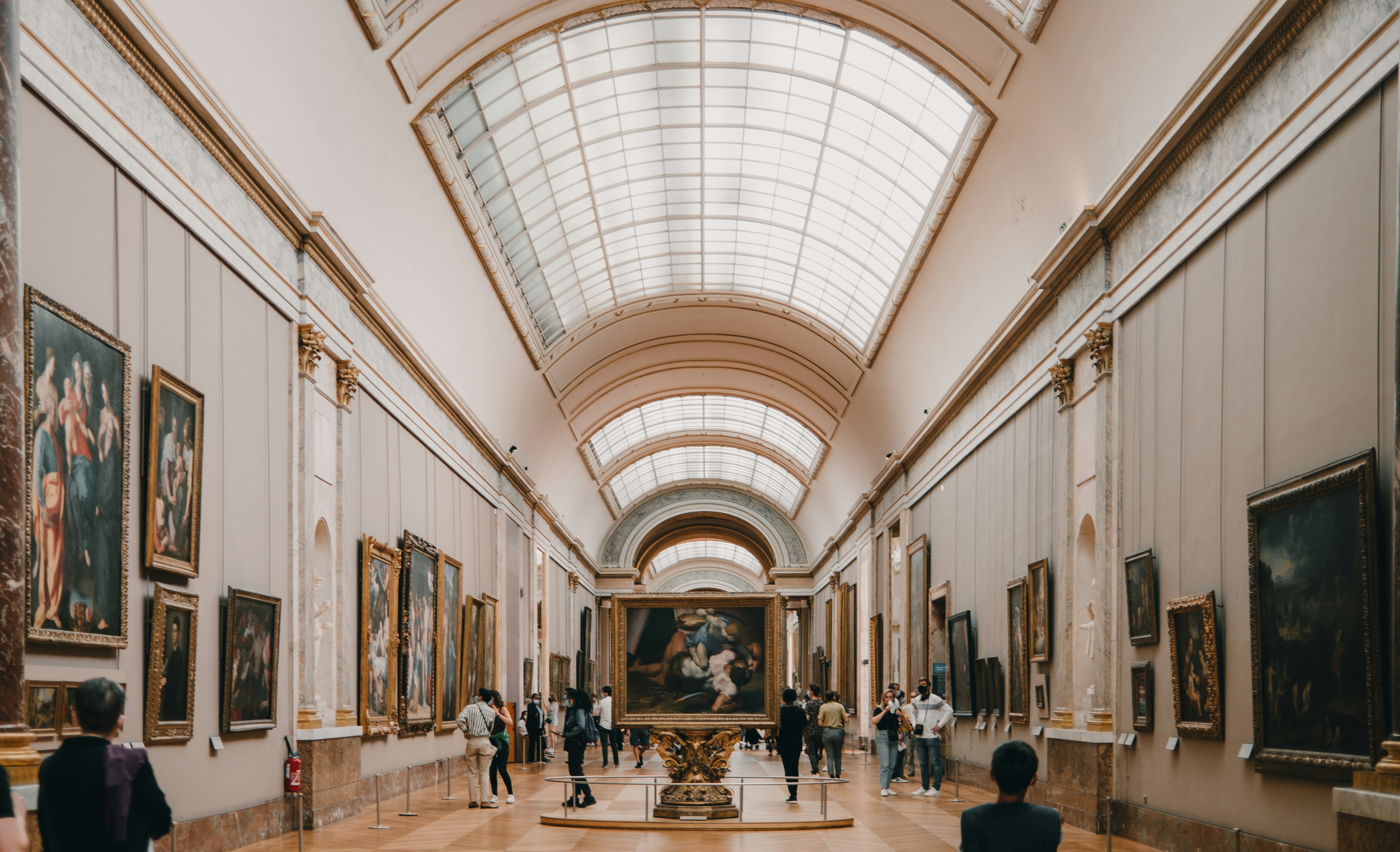Four to seven minutes is all it took for an “experienced” and organised group of thieves to pull off a jewellery heist at the Louvre. The Louvre began life as a fortress, and its security level as it homes some of the most expensive art and jewellery remain fortress-like to this day. There hasn’t been a burglary at the Louvre in Paris since 1998, and yet on the 19th October 2025 a burglary of some of the most prized jewellery and truly priceless belongings was pulled off in under 10 minutes. Minute by minute, here’s a full breakdown of everything we know about the entire robbery that has gripped the world as the thieves are still at large and the Louvre remains closed.
The seven minutes it took – broken down
What was taken?
The Louvre heist saw thieves make off with some of the most precious pieces of royal jewellery in France’s history. The robbers targeted the museum’s Galerie d’Apollon, home to part of the French Crown Jewels, and escaped with eight items of historic jewellery, although some reports suggest nine were taken and one dropped during their getaway.
Among the stolen treasures were a tiara, a necklace, and a single earring from the sapphire jewellery set once owned by Queen Marie-Amélie and Queen Hortense. The thieves also grabbed an emerald necklace and matching earrings that had belonged to Empress Marie-Louise, the second wife of Napoleon Bonaparte.
Two of Empress Eugénie’s prized possessions were also taken: her large bodice-bow brooch and her glittering tiara. A crown linked to the same empress was believed to be part of the thieves’ haul but was later found damaged near the museum – with the thieves likely dropping it in the rush.

Via Unsplash
Despite the chaos, the robbers left behind the Regent Diamond — one of the most valuable gems in the world, worth more than $60 million. It’s said to be “a mystery” why it was left untouched.
At the scene, police recovered “two angle grinders, a blowtorch, gasoline, gloves, a walkie-talkie, a blanket and a crown.” With every minute counting for the Louvre robbery, they probably didn’t care what was being left in their wake.
The thieves are still at large
French President Emmanuel Macron has said “The theft committed at the Louvre is an attack on a heritage that we cherish because it is our History. We will recover the works, and the perpetrators will be brought to justice. Everything is being done, everywhere, to achieve this, under the leadership of the Paris prosecutor’s office.
“The Louvre New Renaissance project, which we launched in January, provides for strengthened security. It will be the guarantor of the preservation and protection of what constitutes our memory and our culture.”
For more like this, like The Tab on Facebook.
